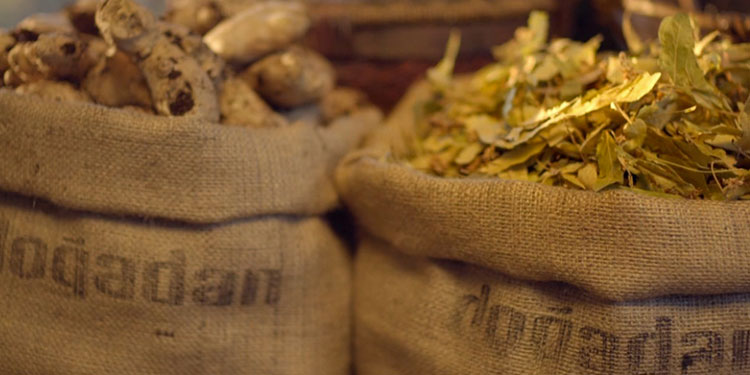

A developing tea culture which dates back to the Far East, transitions, adoption in the West and variations
No one could have predicted that such a meaningful and valuable drink would emerge when tea leaves fell into a cup of boiled water served to the Chinese emperor 4,500 - 5,000 years ago. The refreshing feeling and energy that the emperor felt after tasting it, radically changed the life cycle of this plant. Tea, which first became part of the value given to the emperor, high ranking soldiers and dignitaries in China, has turned into an indispensable part of Buddhist monks’ meditation routines for keeping themselves awake and energized. The emperors placed great importance on tea so that the people could also benefit from this healthy drink. Tea has been used in various occasions and for many different purposes: people have enjoyed and frequently consumed it in their daily lives; there were also times when it was regarded as a valuable potion, carefully harvested, processed and served with a certain ritual.
In addition to the current method, there have been various production and brewing techniques which have evolved over time.In the time of the Ming Dynasty, the tea ground in the form of fine tea powders were boiled and whisked and consumed by adding butter, salt and different spices; during the Tang Dynasty, however, dried tea leaves were pressed into brick-like shapes and stored that way for later use.
With the Song Dynasty, tea consumption habits looked a lot more like how it is now. Brewing loose tea leaves allowed for more freshness and aroma in taste.Various other processing methods made it possible for producing hundreds of different types of teas.
In China, tea alone does not complete the ritual.The quality of the water used, the cleanliness and heat of the appliances and the material from which they are made have to be in a certain balance.
Tea, which was brought to Japan thanks to monks and travelers, cannot be considered as just a drink.It is a valuable part of everyday life and is also glorified with tea ceremonies.New techniques developed in Japan allow for the production of highly valuable green teas (Matcha, Sencha, Gyokuro, Genmaicha).
The fact that the West first encountered tea in China and that they wanted to have a more convenient way of transporting and industrially processing it culminated in tea plant’s being tried in other countries and the production efforts in India, Sri Lanka, Kenya, Vietnam and Indonesia have been successful.
In Turkey, tea production attempts, its development stages and industrial reproduction process were the results of remarkable efforts between the years 1920 and 1950. While tea is no stranger to us with nearly a century long history, we have made it our national drink. With a per capita tea consumption of 3.2 kg per year, Turkey is the largest tea-consuming country in the world. Tea is more than a drink for us; it is the staple of a friendly conversation.